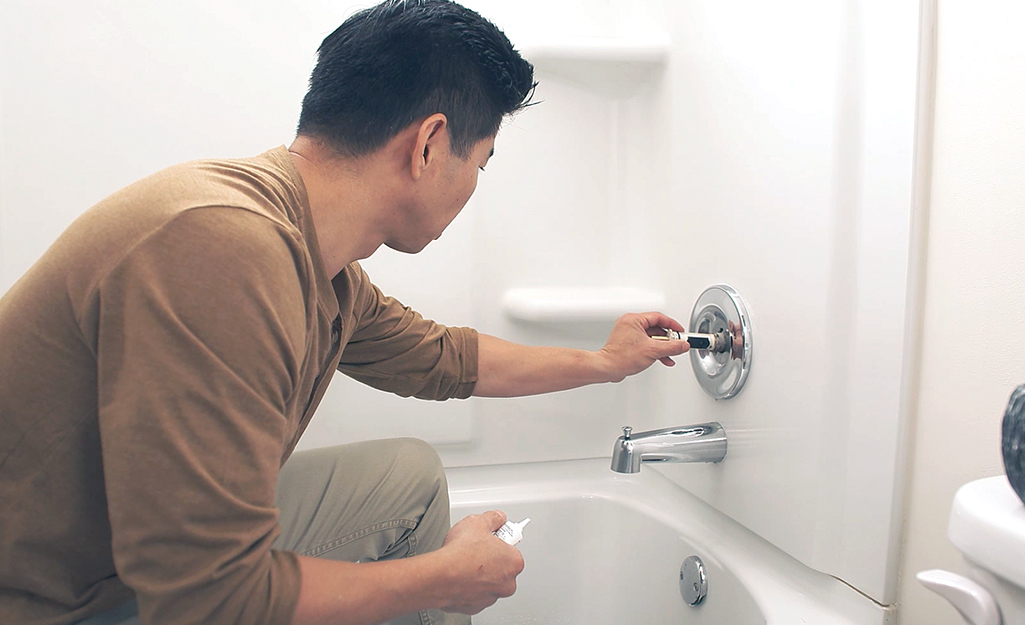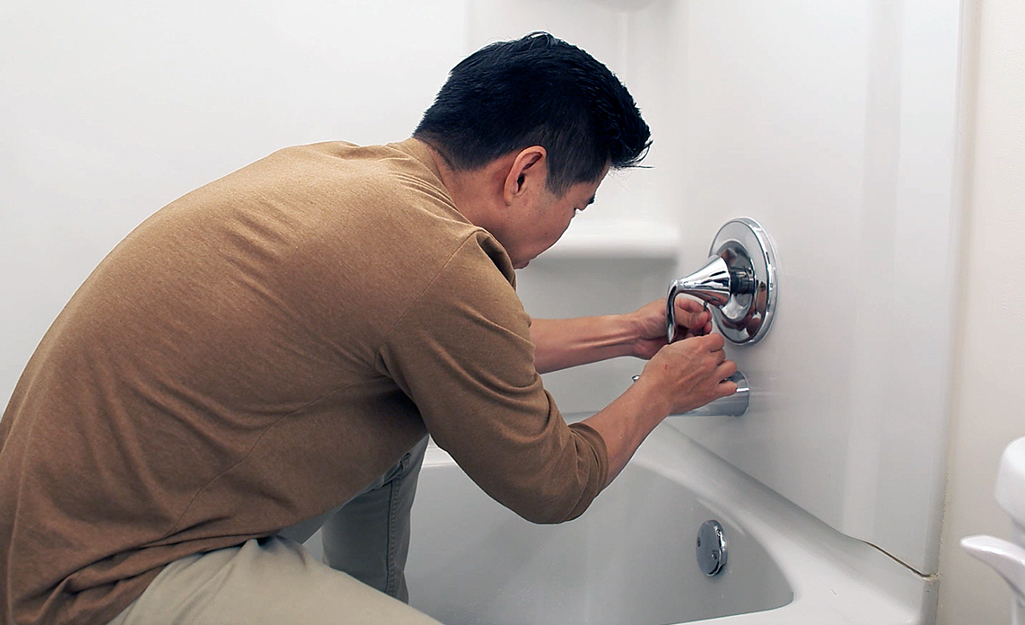Why It's Vital to Fix a Malfunctioning Faucet
Why It's Vital to Fix a Malfunctioning Faucet
Blog Article
We've noticed this article about Should I Repair or Replace a Leaky Faucet? directly below on the web and felt it made sense to write about it with you here.

Leaking faucets might seem like a minor inconvenience, yet their influence surpasses simply the annoyance of the sound. From wasting water to incurring unneeded economic costs and wellness threats, neglecting a dripping faucet can result in different effects. In this write-up, we'll look into why it's crucial to address this usual house concern without delay and properly.
Wastefulness of Water
Ecological Effect
Leaking faucets contribute significantly to water wastage. According to the Epa (EPA), a single tap leaking at one drip per second can waste greater than 3,000 gallons of water annually. This not only strains water sources however also influences environments and wildlife depending on them.
Financial Expenses
Enhanced Water Bills
Past the environmental effect, dripping taps can inflate water costs significantly. The gathered waste with time equates right into higher energy expenses, which might have been avoided with timely fixings.
Potential Building Damage
Additionally, long term dripping can result in harm to components and surfaces surrounding the faucet. Water build-up can create discoloration, corrosion, and even structural problems if left ignored, leading to added fixing prices.
Health and wellness Problems
Mold and Mold Development
The continuous existence of dampness from a trickling tap produces an excellent setting for mold and mildew and mildew growth. These fungi not just endanger interior air high quality but also posture wellness dangers, particularly for people with respiratory system conditions or allergies.
Waterborne Conditions
Stationary water in dripping faucets can become a breeding ground for bacteria and various other pathogens, raising the risk of waterborne diseases. Contaminants such as Legionella microorganisms prosper in stationary water, possibly bring about significant ailments when consumed or inhaled.
DIY vs. Expert Repair
Benefits and drawbacks of DIY Repair Service
While some may attempt to fix a trickling tap themselves, DIY repairs feature their very own set of obstacles. Without appropriate knowledge and devices, DIY efforts can worsen the issue or bring about incomplete repair services, prolonging the trouble.
Benefits of Working With a Professional Plumber
Working with a professional plumber makes certain that the underlying reason for the leaking tap is dealt with properly. Plumbing technicians possess the know-how and equipment to diagnose and repair tap concerns efficiently, saving time and reducing the danger of additional damages.
Step-by-Step Overview to Dealing With a Dripping Tap
Tools Needed
Before attempting to take care of a leaking faucet, gather the required tools, including an adjustable wrench, screwdrivers, replacement components (such as washers or cartridges), and plumber's tape.
Usual Tap Issues and Their Solutions
Recognize the kind of tap and the specific problem creating the drip. Common issues include damaged washers, rusty shutoff seats, or defective O-rings. Describe manufacturer directions or on-line tutorials for detailed guidance on repair services.
Safety nets
Normal Maintenance Tips
To prevent leaking faucets, do regular upkeep such as cleansing aerators, evaluating for leakages, and changing damaged components quickly. Additionally, take into consideration mounting water-saving tools or updating to much more efficient components.
Importance of Prompt Repairs
Resolving dripping taps as quickly as they're observed stops more water wastage and prospective damage, inevitably conserving both water and cash in the future.
Influence On Residential Property Worth
Understanding of Well-Maintained Residential Property
Keeping a property in good condition, consisting of resolving upkeep problems like dripping faucets, enhances its regarded worth and value among possible purchasers or tenants.
Impact on Resale Value
Characteristics with well-maintained plumbing components, including taps, command higher resale worths in the realty market. Addressing leaking faucets can contribute to a favorable perception throughout home examinations and settlements.
Environmental Obligation
Specific Contribution to Conservation
Taking duty for fixing dripping faucets straightens with more comprehensive efforts toward water conservation and ecological sustainability. Every person's activities collectively make a considerable impact on preserving priceless sources.
Sustainable Living Practices
By prioritizing punctual repair services and embracing water-saving habits, people add to sustainable living techniques that benefit both existing and future generations.
Conclusion
Attending to a dripping tap exceeds plain comfort; it's an important action toward saving water, reducing economic costs, and securing health and residential property. Whether via DIY fixings or professional help, taking action to take care of trickling faucets is a little yet impactful method to advertise responsible stewardship of resources and contribute to a healthier, much more sustainable future.
Most Common Reasons for a Leaky Faucet and How to Stop the Drip
Whether it’s your kitchen faucet leaking or a bathroom faucet leaking, one leaky faucet can waste anywhere from three to 30 gallons of water every single day. If the constant drip-drip-drip doesn’t get your attention, your water bill will. The good news is that, by following a few simple steps, chances are pretty good you can fix the problem yourself.
Why is it dripping?
Before you start taking things apart, let’s break down some of the most common causes of a leaky faucet.
Bad O-ring.
A cartridge is a valve that controls the flow of water into the faucet spout. On cartridge faucets there’s an O-ring—the little disc attached to the stem screw that holds the faucet handle in place. If it’s loose or worn-out, it can cause your sink handle to leak. Of course, the cartridge itself could be worn out. If that’s the case, make sure you replace it with the exact same kind.
Corroded valve seat.
The valve seat connects the faucet and the spout. If the leak seems to be coming from the spout, it might be because a buildup of water sediment has corroded the valve seat.
Worn-out washers or seals.
A leaky spout could be caused by a bad washer that rests against the valve seat. It’s just a matter of time before friction takes its toll. It could also be the wrong size washer or one that’s been installed incorrectly. Water sediments can also corrode inlet and outlet seals.
Water pressure.
If the faucet only drips now and then, or when you turn the handles a certain way, you should probably check your home’s water pressure.
Loose or broken parts.
The adjusting ring and packing nuts in the stream screw can become loose over time, causing your sink handle to leak. Try tightening or replacing the packing nut. If the leak is coming from the pipes underneath the sink, you probably have a broken pipe or fitting. If that’s the case, you should definitely call a plumber.
Know your faucet.
Faucets come in a variety of types. Each one has its own assembly—and its own possible causes of leaks. Learning about the four most common kinds of faucets will help you know how to take them apart and make any repairs.
How to stop a leaky faucet
Fixing that leaky faucet doesn’t have to take a lot of time, money, or expertise. It’s usually a simple matter of replacing a worn-out washer or gasket, a loose O ring, or another part. Chances are really good you can do this yourself if you follow these simple steps.
Shut off the water.
Before you tackle the faucet, cut off the water supply to the sink. There should be one valve for hot and one for cold. Hand-turn them clockwise with your hands till they close. If there are no valves under the sink, head to the basement and shut off the main water supply to the house. Then turn on the faucet until it empties out the water that’s still in the line and you’re ready to start. It’s a good idea to cover the sink drain with a plug or a rag so you don’t lose any small pieces and parts while you’re working.

I came across that blog post about Should I Repair or Replace a Leaky Faucet? when looking around the search engines. Be sure to take the time to share this content if you enjoyed reading it. We cherish your readership.
Report this page